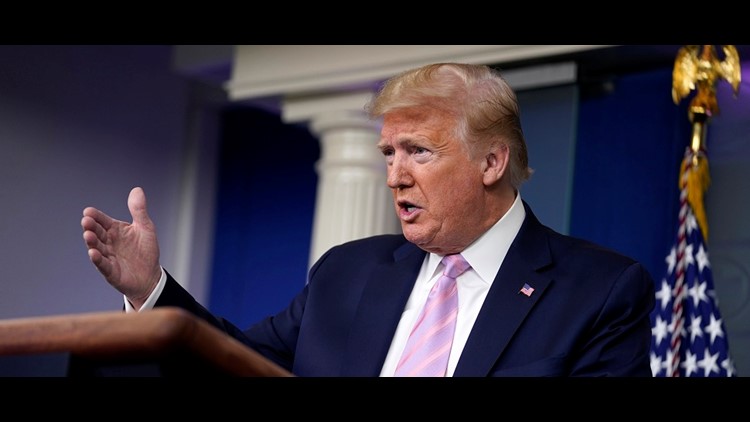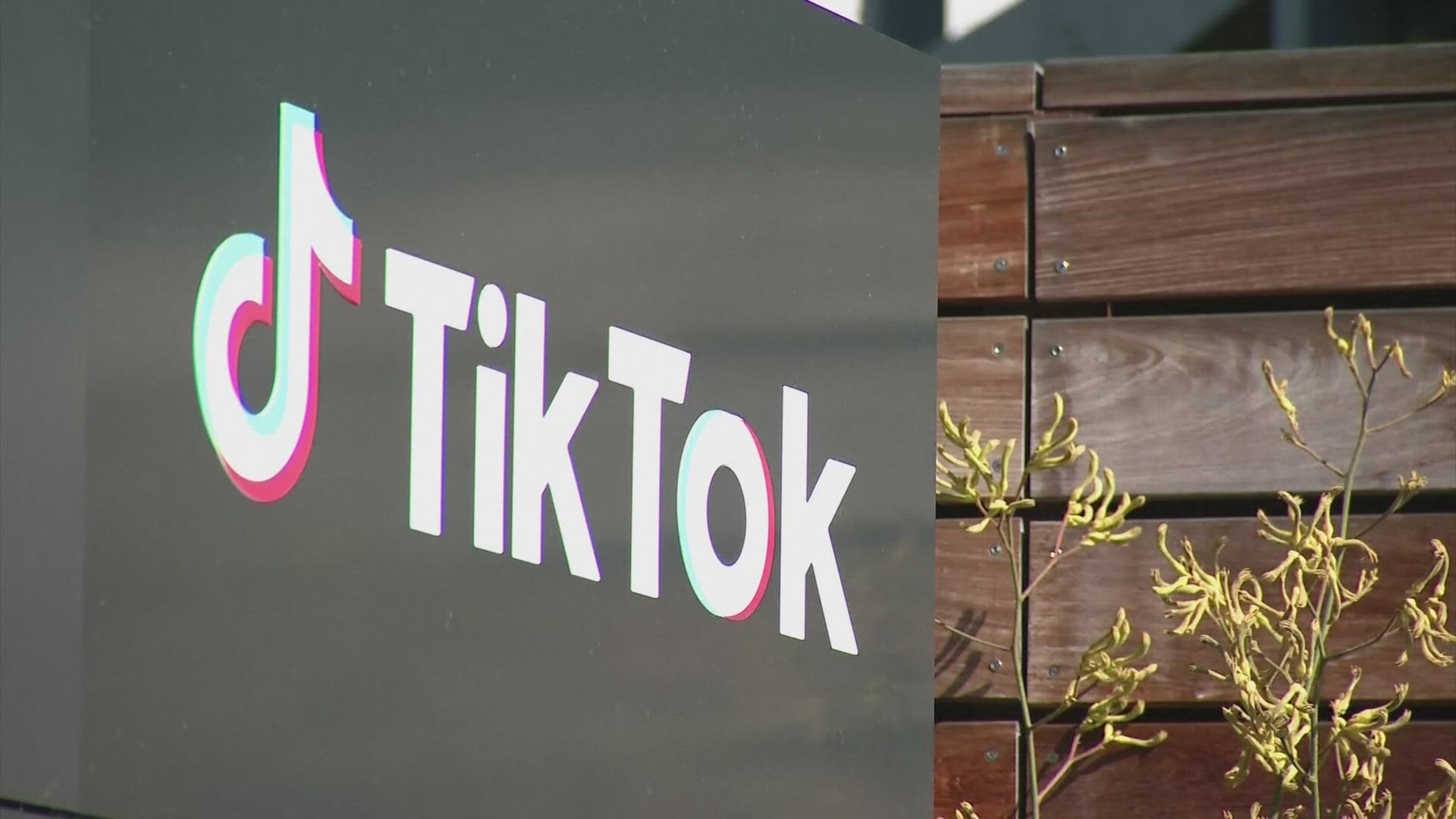INDIANAPOLIS — In times of crisis, people look to their leaders for guidance and reassurance. As the COVID-19 pandemic has been stealthy and mysterious while inflicting a heavy toll on Indiana (12,438 documented positive cases and 661 deaths at this writing), we've watched President Trump and Gov. Eric Holcomb deal with this scourge on a daily basis.
Neither had held elected office before their elections in 2016, so we didn't know how either would respond to a crisis. While Holcomb has grappled with the opioid epidemic for much of his first three years in office, President Trump hadn't been tested in crisis that wasn't his own making until now.
Holcomb has seen his state enter March with a 3.2% jobless rate and record employment involving more than three million workers, and will exit April with perhaps more than 1,000 Hoosiers dead, the economy tanking at historic rates unseen since 1929, with perhaps as many as a half million unemployed, while 500,000 small businesses teeter on the brink.
The COVID-19 virus has infected less than 1% of Hoosiers, and killed just a fraction of those. But it has shut down a state with an annual GDP of more than $360 billion, taking aim at an array of small and large corporations, tens of thousands of bars and restaurants which saw April revenues decline by almost $1 billion. It could cost local governments between $200 million and $360 million in revenue.
It has emptied college campuses, fieldhouses and NBA stadiums, swamped hospital ERs, and has carved a deadly path through more than 150 nursing homes. It has delayed the Indianapolis 500, sidelined the NCAA’s March Madness, the IHSAA’s Hoosier Hysteria, and sent more than one million students home for the rest of the spring semester. Indiana’s churches, synagogues, temples and mosques have been left empty and silent.
And the hard part is just over the horizon, when Gov. Holcomb will have to rely on increasingly sketchy data while under intense pressure ranging from business executives, a revived Tea Party movement, and even the populist President Trump whose calls to “LIBERATE” neighboring blue states have spilled into Republican Indiana and Ohio.
If Gov. Holcomb moves to reopen too soon, with a second and third wave of this pandemic forecast, universal testing months away and a vaccine perhaps more than a year in the offing, he could set in motion circumstances that bring even more death and economic turmoil.
If Holcomb moves too late, it could set off waves of business bankruptcies and stress-induced suicides, heart attacks and strokes, as well as mowing through the state’s $2.27 billion rainy day fund.
Gov. Holcomb’s daily briefings (or “shows” as President Trump might call them), have featured a bipartisan line up of mayors, as well as cabinet members. They typically last around an hour and feature Q&A with reporters on Zoom. Holcomb has assumed the role as cheerleader for the dozens of Indiana firms, volunteers, nurses and first responders who have stepped up. He has shown empathy when needed while staying strictly with the facts.
The contrast with President Trump has been striking. Holcomb tends to be focused and oriented toward problem solving. His supporting cast has been consistent, with Indiana Health Commissioner Kris Box almost always there, telling Hoosiers on Wednesday that the state is behind on testing vital to reopening the economy, for the lack of swabs.
Think about that: A state in the most mighty economy in the world doesn't have enough swabs.
Trump has usurped the daily coronavirus briefing from Vice President Pence and he issues campaign style stream of consciousness, lasting up to two and a half hours, as his experts waste time in the wings. The tone is ideological and political; he lashes out at reporters and political enemies. The cast of characters changes, turning into a “Who’s in; who’s on the skids.” HHS Sec. Alex Azar and Surgeon General Jerome Adams have been sidelined by Trump. After establishing shutdown guidelines for states, he urged governors to “liberate” their populations as Georgia Gov. Brian Kemp did. Trump then said he “strongly disagreed” with that decision, undercutting the governor.
Earlier this week, Center for Disease Control Director Robert Redfield told the Washington Post, “There’s a possibility that the assault of the virus on our nation next winter will actually be even more difficult than the one we just went through.”
Trump was incensed. At Wednesday's briefing, he insisted Redfield had been "totally misquoted." Not so, Redfield said as Trump glowered nearby. "I didn't say that this was going to be worse," Redfield said. "I said it was going to be more difficult and potentially complicated because we'll have flu and coronavirus circulating at the same time."
Dov Seidman, of the ethics and compliance company LRN, told New York Times columnist Thomas Friedman, the strongest leaders “will be the ones who collaborate with others and, at the same time, are exceptionally clear about their plans, brutally honest about the risks, utterly specific about the behaviors they’re asking of us, constantly searching the world for best practices and totally transparent about the technologies and data they want to collect to track our movements and contacts. They’ll also be the leaders who go to extremes to protect those among us who are vulnerable and support those among us who are risking their lives so everyone else can get back to theirs.”
The columnist is publisher of Howey Politics Indiana at www.howeypolitics.com. Find Howey on Facebook and Twitter @hwypol.



